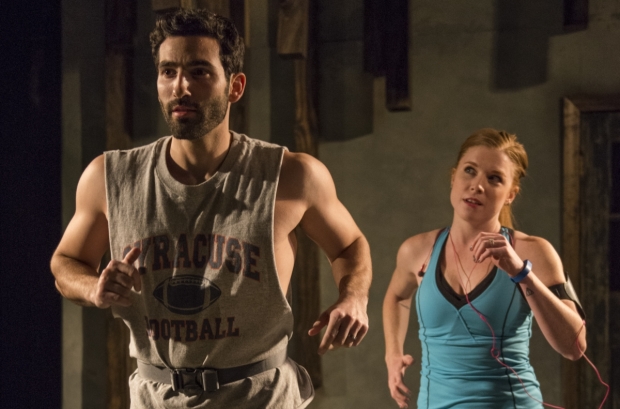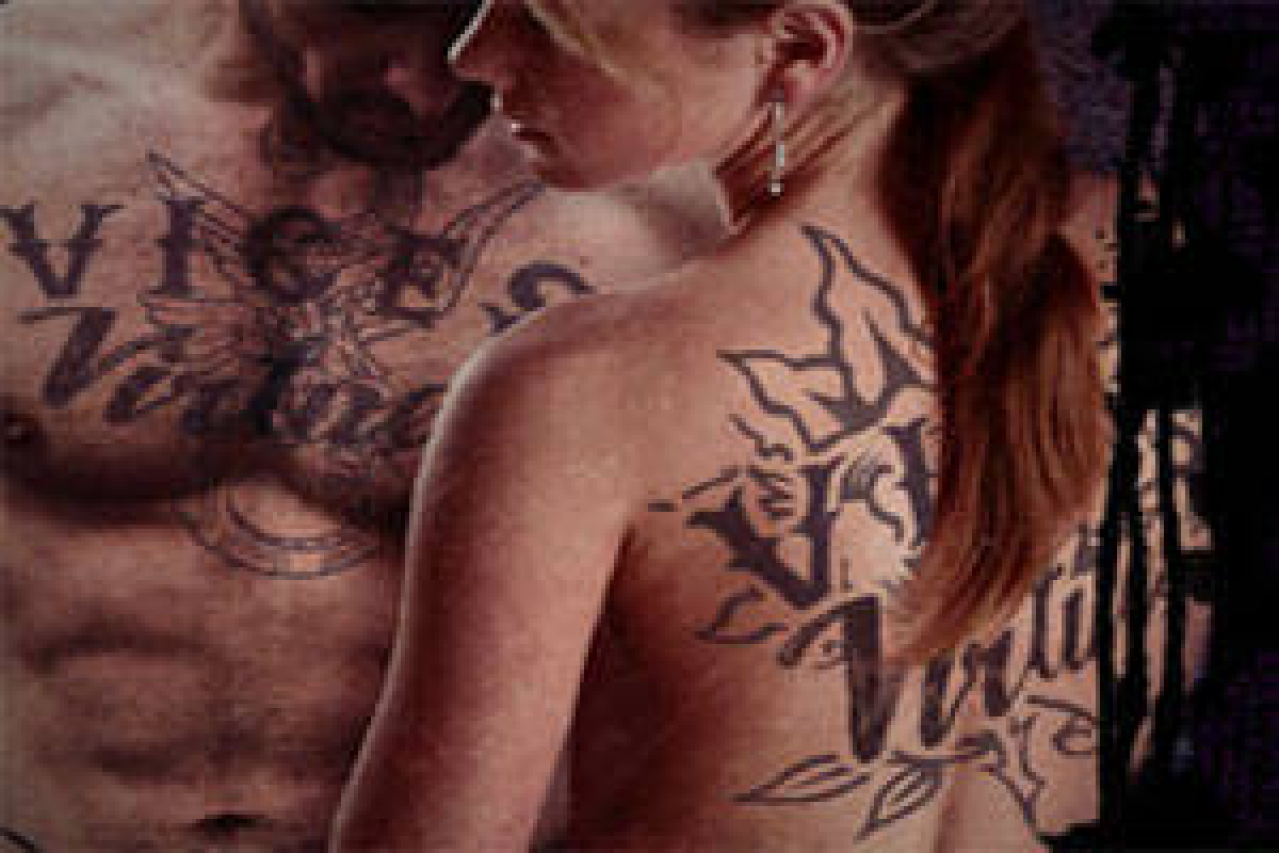Vices & Virtues

(© Michael Brosilow)
Profiles Theatre and reclusive playwright Neil LaBute have a long and fruitful relationship. The writer, who rarely grants interviews and is never seen on opening night, has collaborated over a dozen times with Profiles Theatre, giving artistic directors Darrell Cox and Joe Jahraus world (and Midwest) premieres of many of his works.
With Vices & Virtues, Profiles stages two full evenings of new short works by LaBute. There are 11 short scenes, five dealing with the more noble inclinations of the human race, while six cover its inclination toward depravity. With 11 directors and 20 actors onboard, the four-hour, two-part production is an ambitious, gutsy dive into the best and the worst elements of the human race.
But ambitious work doesn't always translate into quality work. Despite its impressive scope (hat tip to stage manager Amber R. Dettmers for wrangling the logistics) and journeyman performances, Vices and Virtues are not prime LaBute. The playlets are inconsequential, formulaic, and contrived, sometimes all three at once. LaBute is known for ending almost all of his works (including the far superior In the Company of Men, Bash, and Lepers) with twists that throw everything that came before into a new, sometimes revelatory perspective. Those 11th-hour hairpins work beautifully in many of LaBute's works. Here, however, they play as gimmicks more than revelations.
Throughout both Vices and Virtues, LaBute's staccato dialogue is dominated by scattered, interrupted sentences and half-articulated thoughts. It's a realistic depiction of the way people often talk, but in plays this short, it's also frustrating. In each of the roughly 15-20 minute two-to-three character scenes, it takes at least a third of the running time to get a handle on precisely what the situation is, who the characters are, and why (in most cases) they're arguing with each other. Spending that much time simply setting up the scene is a luxury you can't afford when scenes are this brief.
Like many of the pieces that make up Vices and Virtues, "Good Luck (in Farsi)'' (Sarah Brooks, Sarah Ruggles, directed by Brianne Duncan Fiore) starts with an intriguing premise: We meet two young, blond actresses waiting to audition for the same part, passive-aggressively bantering to pass the time. The catty back-and-forth is mildly amusing, but never digs into anything much deeper than petty jealousy and predictable deception that doesn't end up going anywhere.
In "10K" (Betsy Bowman and Tom McGregor, directed by Andrew Root), a pair of suburban joggers' morning run turns into verbal foreplay, with Bowman and McGregor spending virtually the entire scene running. The dialogue is tepid and predictable, but the audience is left marveling only at the duo's stamina rather than anything that might be going on dramatically.
Some of the pieces falter by defying credulity: In "I Am Going to Stop Pretending That I Didn't Break Your Heart" (Brookelyn Hebert, Marie Weigle, directed by Miles Mabry), LaBute gives the audience a break-up scene between two women and asks the audience to believe that one of them was born a man, but had gender reassignment surgery in order to win over her lesbian partner. It's a scenario that's beyond-the-pale extreme. Not only is it unbelievable, it plays as banal with LaBute's bickering dialogue.
"The Mulberry Bush" (Tim Curtis and Adam Soule, directed by Bradley Bartolo) puts two men on a park bench in a scene that feels reminiscent of Edward Albee's The Zoo Story. When the inevitable twist comes, the hidden agenda of both men feels anticlimactic. "Happy Hour" (Brennan Roche and Eleni Pappageorge, directed by Kay Martinovich) is another forgettable two-hander, as a pair of singles dance to electro-house music in a seduction that's more shrug-inducing than sensual.
The most interesting thing about Vices and Virtues is set designer Greg Pinsoneault's work within the confines of Profiles' small stage. The set fluidly morphs from clubs to bedrooms to parks to offices, each place detailed and defined. But an impressive set design isn't enough to save any of these playlets. Unfortunately, it all comes down to the playwright here, and LaBute hasn't penned a single Vice or Virtue intriguing enough to fill this four-hour production.











